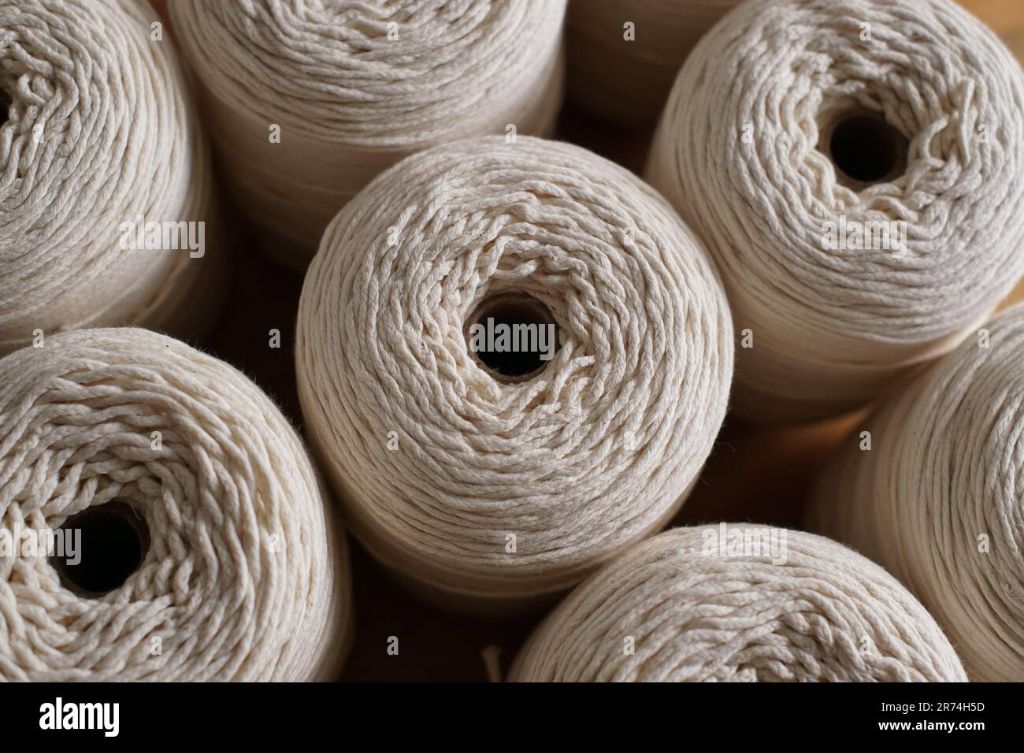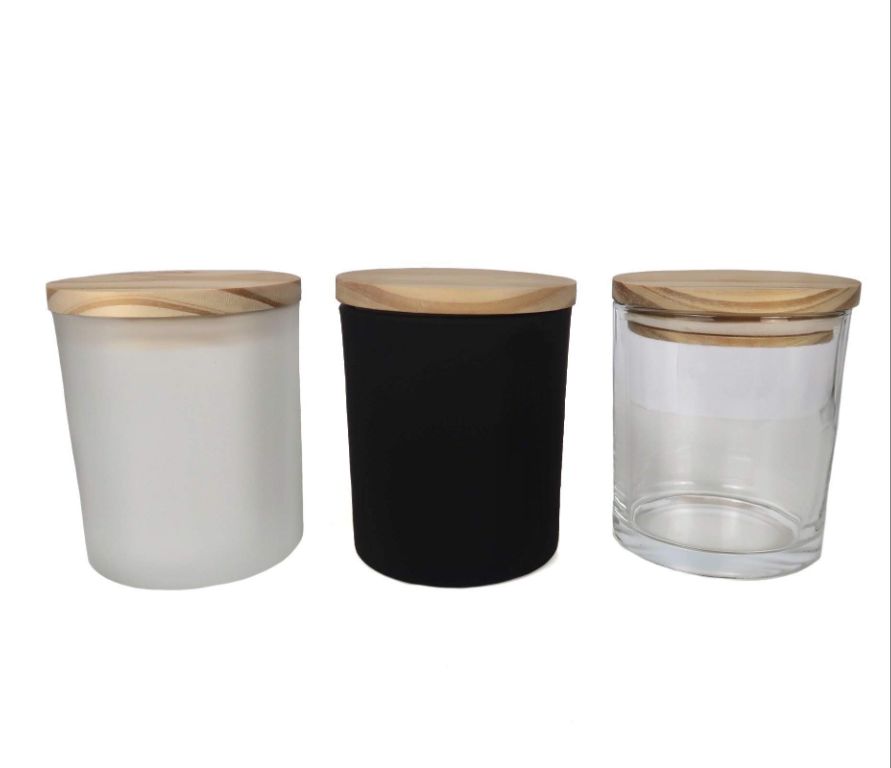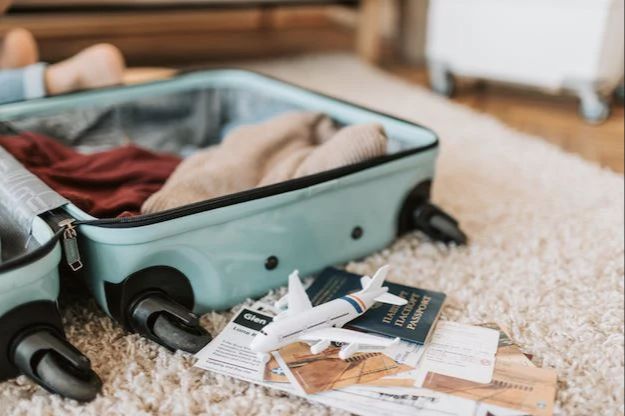Can I Take Scented Candles On A Plane?
Many travelers enjoy scented candles and may want to bring them on flights as gifts or to make hotel rooms feel more homey. However, there are important safety considerations when transporting candles by air. The key question is whether scented candles are allowed in carry-on luggage or checked bags on flights.
The rules around traveling with candles focus on fire safety. Lit candles pose an obvious risk, but even unlit candles can be dangerous if placed near heat or high altitude pressure changes. The wax and wicks can also leak and damage suitcases and other items. Airlines and airport security have restrictions to prevent candle fires or wax messes.
This article provides an overview of TSA and airline policies for flying with scented candles. It covers different types of candles, whether to pack them in carry-ons or checked bags, international travel, and safe alternatives to candles when flying.
TSA Rules on Candles
According to the TSA website, solid wax candles are permitted in carry-on and checked bags with no restrictions. This is because candles are considered solid items rather than liquids under the TSA’s 3-1-1 liquid rule. The 3-1-1 rule limits liquids to containers under 3.4 ounces carried in a 1 quart sized bag with 1 bag per passenger [1].
The TSA classifies candles as solid items regardless of their container type. This means candles in glass, tin, or plastic containers are all allowed. There are no limits on the number, type, or size of candles permitted. However, customs regulations may restrict scented candles in some international destinations [2].
While allowed through security, the final decision is up to the TSA officer’s discretion. Lighting candles inflight is prohibited, so officers may question large numbers of candles [3].
Candle Wicks
The type of wick used in a candle is an important factor when determining if it can be brought on a plane. Candles with cotton wicks are generally allowed, while candles with metal wicks may not be permitted.

Cotton wicks are made from natural materials like cotton, paper, or wood. They burn cleanly and are not considered a security threat by the TSA. Metal wicks, on the other hand, are made from materials like zinc or tin. They can throw sparks or pose other fire risks, so the TSA may confiscate candles with metal wicks.
According to the TSA website, “Solid wax candles are permitted as carry-on items, as long as they have cotton or paper-cored wicks.” This indicates that cotton wicks are fine, but metal wicks could potentially be confiscated if deemed unsafe by security screening.
When preparing candles in carry-on luggage, it’s best to stick to those with cotton wicks. Metal-core wicks could raise flags during security screening. Travelers should check with the TSA directly if unsure whether a specific candle’s wick is allowed.
Types of Candles
There are three main types of candles that travelers may want to bring on an airplane: jar candles, votive candles, and tea light candles. Each type has different considerations for air travel.
Jar candles come in a glass container with a lid, making them easy to transport without spilling. However, the glass jar makes them heavier than other candle types. If traveling with jar candles, pack them well in checked luggage to avoid breakage. According to the TSA, there are no restrictions on jar candles in carry-on or checked bags 1.

Votive candles are smaller and lighter than jar candles, coming in metal or glass containers meant to sit in candle holders. They can easily fit in a carry-on bag. However, the small size means votives don’t tend to last as long as larger candles. If you want your candle to burn longer, pack votives in checked luggage instead 2.
Tea lights are very small candles meant for tea light holders. They are lightweight and pack easily into any bag. Tea lights only burn for a few hours at most. Bring plenty of tea lights in carry-on or checked bags to enjoy aromatic candles during your flight or at your destination 3.
Carry On vs Checked Bag
When deciding whether to pack scented candles in your carry-on bag or checked luggage, there are pros and cons to consider for each.
Carry-on pros:
- You can ensure candles avoid getting crushed by other heavy luggage.
- Candles are less likely to leak if they stay upright and stable.
- You have easy access to light candles to set the mood in your hotel room.
Carry-on cons:

- Space is more limited than checked bags.
- Liquid or gel candles may be confiscated at screening if over 3.4oz.
- Glass containers could break if jostled in an overhead bin.
Checked bag pros:
- More room to pack multiple candles securely.
- No size restrictions on liquid or gel candles.
- Candles can be better protected surrounded by clothes and padding.
Checked bag cons:
- Harder to monitor if a candle broke or leaked during transit.
- Candles could be crushed under heavier items.
- No access to candles until arriving at final destination.
In either case, proper packaging is important. Bubble wrap, tissue paper, or candle sleeves help minimize damage. Considering these factors can help travelers decide what’s best for their specific situation.
Fire Safety
Candles can pose a fire hazard, so it’s important to take precautions to prevent fires when traveling with candles. According to the U.S. Fire Administration, an average of 20 home candle fires are reported each day in the United States (source). To reduce the risk of fire, keep candles in containers that won’t tip over and are made of non-flammable materials like metal or glass. Avoid carrying loose candles or keeping them near flammable items like paper, fabrics, or plastic. It’s also crucial to fully extinguish candle flames before packing them for travel by wetting the wick and ensuring no smoke remains.
To prevent fires mid-flight, candles should remain enclosed in your carry-on or checked bag. Never light or use candles during a flight. Be sure to inform any travel companions not to open containers with candles. Following basic fire safety measures like these can help travelers avoid candle-related fires.
Airline Policies
While the TSA has general guidelines allowing candles in carry-on and checked bags, some airlines have additional restrictions beyond these rules. For example, Southwest Airlines only permits candles in checked bags and prohibits them in carry-ons. Delta also bans lit candles but otherwise allows candles in carry-on and checked luggage. International airlines like Air France stipulate candles must be in their original sealed packaging. Always check your specific airline’s rules before traveling with candles.
If in doubt, place candles in checked luggage instead of carry-on. Airlines are most concerned about fire hazards and the open flame risk from lit candles. Pack them securely to prevent breakage and leakage. Consider wrapping in plastic or placing in a ziplock bag. Follow quantity limits – usually around 4-5 candles per passenger.
If a candle leaks or breaks during flight, notify the flight attendant. You may have to pay a cleanup fee. Some airlines like American and Delta specify passengers are liable for damage caused by candle leaks or odors.
Most airlines will allow a refund or flight credit if you choose not to fly because of their candle restrictions. Check policies in advance to avoid problems at the airport. Always comply with airline staff instructions about candles.
International Travel
There are extra restrictions and regulations for bringing candles on flights out of the US due to increased security concerns. The TSA allows solid candles in both carry-on and checked bags on domestic flights, but other countries may have stricter rules.
On international flights departing from the US, the TSA defers to the security rules of the destination country. According to the TSA website, “When traveling internationally, requirements for traveling with liquids, gels, aerosols, creams and pastes, including travel-size items, may differ based on your departure and destination points.”
For example, the European Union limits liquid-based products in carry-on bags to containers no larger than 100ml or 3.4oz. This would prohibit bringing most liquid candle wax on flights to Europe. The UK also bans strike-anywhere matches in both carry-on and checked bags.

Candle enthusiasts planning international travel should research the specific rules of the airline and destination country. Checking forbidden items is better than having them confiscated at security. Travelers can also consider TSA-compliant alternatives like battery-operated candles or scented wax melts.
In summary, while the TSA allows solid candles domestically, international passengers face potential restrictions depending on their itinerary. Always check regulations beforehand when flying outside the US.
Alternatives to Candles
While scented candles can provide an enjoyable ambiance, there are other options to consider that do not carry the same restrictions and fire risks when traveling by plane. Some popular alternatives to traditional candles include:
Wax Melts – These are scented wax cubes or oils that are warmed in a melt warmer, releasing fragrance without an open flame. Wax melts come in a wide variety of scents and work well for traveling since they don’t require lighting. According to Simply Real Health, wax melts are one of the healthiest alternatives to conventional candles since they do not produce smoke or soot.
Battery-Operated Candles – These provide the ambiance of a flame without the actual fire hazard. Battery-operated candles are available in many sizes and styles, from votives to pillars to lanterns. As an electronic device, these would need to be carried on and powered off during takeoff and landing, but otherwise should not be restricted. Apartment Therapy recommends flameless candles as an easy swap for regular candles when traveling or for peace of mind.
Essential Oil Diffusers – Small, portable diffusers that use water and essential oils are an alternative way to scent a space. As another flameless option, these would also need to be carried on but should not be restricted in-flight. Diffusers gradually release aroma through the air without burning anything. Lore Perfumery recommends diffusers alongside or instead of candles to create a soothing environment.
Summary
When deciding whether you can bring scented candles on an airplane, there are a few key factors to consider. The TSA has restrictions on candle wicks, banning those made from metal or that are overly long. Battery-operated and smaller candles without problematic wicks are more likely to be permitted. You’ll want to pack candles carefully in carry-on bags rather than checked luggage to minimize fire hazards. While policies vary between airlines, most prohibit lighting candles during flights but allow unused candles as long as they follow TSA guidelines. For international flights, check regulations of the destination country as well. Ultimately, the safest bet is to opt for candle alternatives like essential oil diffusers, scented sprays, or reed diffusers when traveling by plane.
By understanding TSA and airline policies around candle wicks, packaging them properly, and being prepared with other scent options, you can feel confident about including scented candles in your carry-on luggage. Just be sure to follow all safety precautions.





